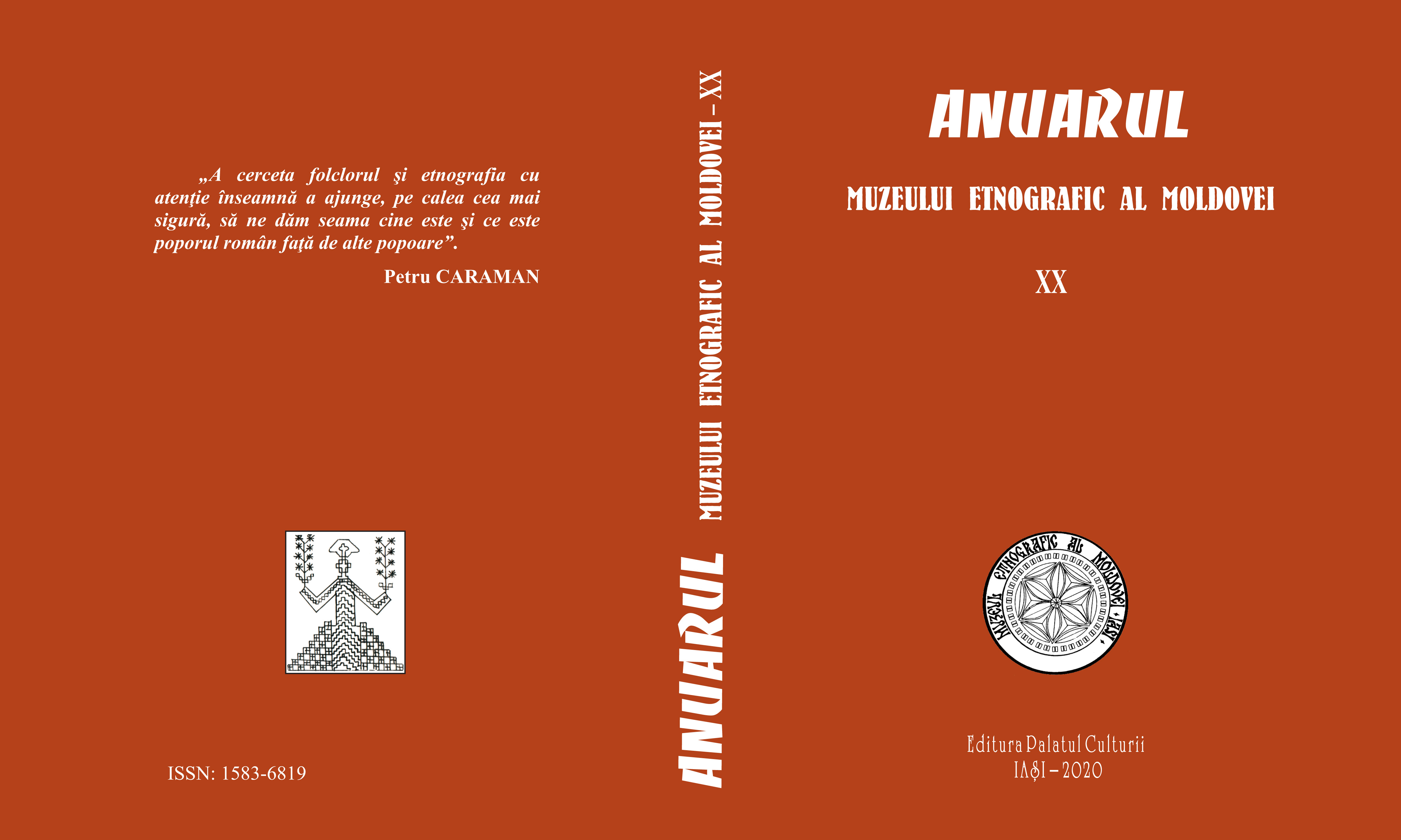Glose pe marginea reprezentării iconografice a Sfântului Ioan Botezătorul
Notes on Saint John the Baptist’s Iconographic Representation
Author(s): Letiţia-Mirela CristeaSubject(s): Cultural Anthropology / Ethnology
Published by: Editura Palatul Culturii
Keywords: National Museum of the Romanian Peasant; John the Baptizer; desert; Irod; Irodiada; Salomeea; icon;
Summary/Abstract: Born during the Roman occupation of the Jewish people, Saint John stands out by offering free access, for all who came to listen him and who wanted to follow the path traced by his sermons, to a ritual that had become an expensive practice. It’s baptism, and because of it, Christianity named him the Baptist. The icons from the collection of the National Museum of the Romanian Peasant surprise us with some atypical representations (like a person with sober clothing or like an angel with wings). The artisan, anonymous or known, insists on the moment of the saint’s beheading, sequence which he illustrates the best he can. In addition to the story presented, he leaves his personal mark, adding not only elements that he found in the local landscape, but also visual information that refers to the foreign occupation of the Romanian territories, fact highlighted by the clothing of the negative characters. Placed in the “beautiful room”, the icon have the role of protecting the house but also mark some historical moments that left deep traces in the life of the Romanian peasant.
Journal: Anuarul Muzeului Etnografic al Moldovei
- Issue Year: 2020
- Issue No: 20
- Page Range: 189-202
- Page Count: 14
- Language: Romanian

